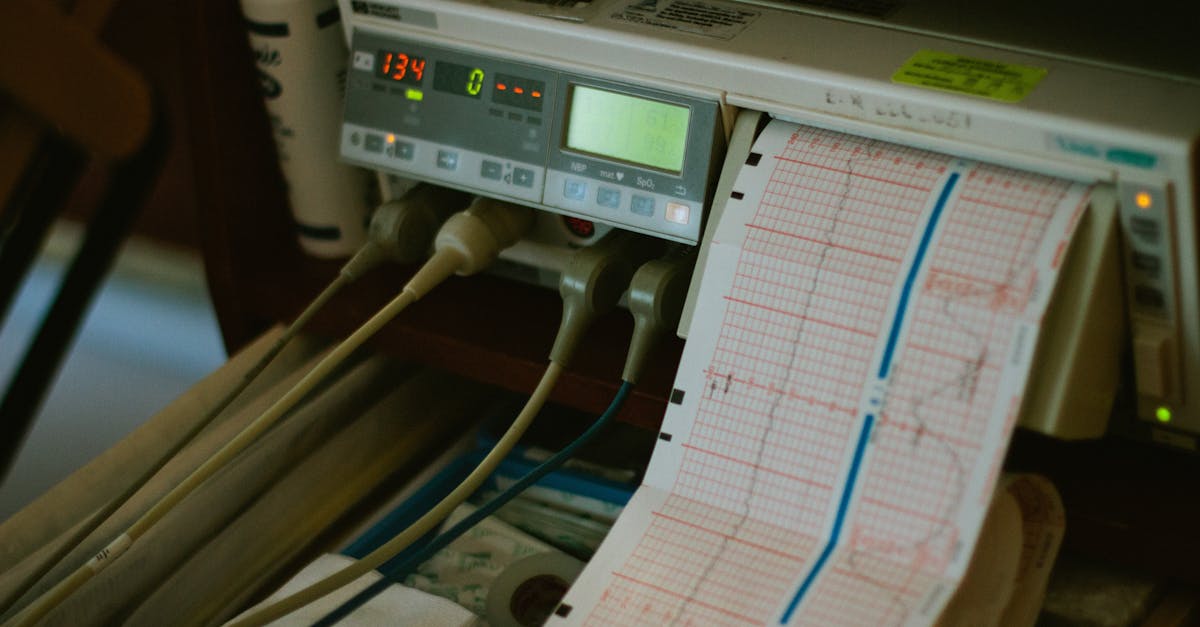10 Aortic Aneurysm Symptoms
Introduction
An aortic aneurysm is a serious medical condition characterized by the abnormal swelling or bulging of a portion of the aorta, the body's main blood vessel responsible for supplying oxygen-rich blood from the heart to the rest of the body. The aorta is a critical component of the circulatory system, and any weakening or enlargement of its walls can lead to life-threatening complications, such as rupture or dissection. Recognizing the symptoms of an aortic aneurysm is crucial for early intervention, as untreated aneurysms can result in severe consequences, including internal bleeding, organ damage, or even death. This article explores the key symptoms of aortic aneurysms, their implications, and the importance of seeking timely medical advice to mitigate risks.
Advertisement
Sudden Severe Pain
One of the most alarming and potentially life-threatening symptoms of an aortic aneurysm is sudden, severe pain in the chest or abdomen. This pain is often described as sharp, tearing, or ripping and may indicate an acute event, such as an aneurysm rupture or dissection. Unlike typical chest or abdominal pain, which may subside with rest or changes in position, the pain associated with an aortic aneurysm is persistent and unrelenting.
In cases of a thoracic aortic aneurysm (located in the chest), the pain is often felt in the chest or upper back. For abdominal aortic aneurysms (located in the abdomen), the pain is typically centered in the lower abdomen or flank. This symptom is a medical emergency and requires immediate evaluation to prevent catastrophic outcomes. If you or someone else experiences sudden, severe pain in these areas, call emergency services without delay.

Andrea Piacquadio/Pexels
Advertisement
Pulsating Sensation
A noticeable pulsating sensation in the abdomen is another common symptom of an abdominal aortic aneurysm. This sensation can feel like a heartbeat or rhythmic throbbing near the navel and is often most pronounced when lying down. The pulsation occurs because the swollen portion of the aorta expands and contracts with each heartbeat, creating a palpable movement.
While a pulsating abdomen can sometimes be benign, especially in thin individuals, it should not be ignored, particularly if accompanied by other symptoms such as pain or dizziness. Consulting a healthcare professional for a thorough evaluation is essential to rule out an aortic aneurysm or other vascular conditions.

Yan Krukau/Pexels
Advertisement
Pain in Specific Areas
In addition to chest or abdominal pain, individuals with an aortic aneurysm may experience discomfort in other areas, such as the back, neck, or jaw. This type of pain is more commonly associated with thoracic aortic aneurysms, which occur in the portion of the aorta that runs through the chest.
The pain may radiate to the back or shoulders, mimicking the symptoms of a heart attack or musculoskeletal strain. In some cases, it may extend to the neck or jaw, further complicating the diagnosis. Because these symptoms can overlap with other conditions, it is vital to seek medical evaluation to determine the underlying cause and initiate appropriate treatment.

Photo By: Kaboompics.com/Pexels
Advertisement
Breathing Difficulties
Shortness of breath or difficulty breathing can occur if an aortic aneurysm, particularly a thoracic one, presses on the airways or lungs. This pressure can restrict airflow, leading to a sensation of breathlessness or the inability to take deep breaths. In some cases, the aneurysm may also cause fluid buildup in the lungs, exacerbating respiratory symptoms.
While breathing difficulties are often attributed to respiratory conditions like asthma or pneumonia, their occurrence in the context of other aneurysm symptoms should raise concerns. Persistent or worsening shortness of breath warrants immediate medical attention to assess for potential vascular complications.

Cnordic Nordic/Pexels
Advertisement
Hoarseness or Difficulty Swallowing
Aortic aneurysms can cause hoarseness or changes in voice if they exert pressure on the nerves that control the vocal cords. This symptom is more common with thoracic aortic aneurysms, which are located near the structures of the throat and neck. The pressure on the recurrent laryngeal nerve can lead to vocal cord dysfunction, resulting in a hoarse or weak voice.
Similarly, difficulty swallowing (dysphagia) may occur if the aneurysm compresses the esophagus, the tube that carries food from the mouth to the stomach. These subtle symptoms are often overlooked or attributed to other causes, but they should not be ignored, especially if they persist or worsen over time. A thorough medical evaluation is necessary to determine the underlying cause and address potential risks.

Photo By: Kaboompics.com/Pexels
Advertisement
Lower Blood Pressure
A sudden drop in blood pressure is a critical symptom that may indicate an aortic aneurysm rupture or dissection. When an aneurysm bursts, it can cause massive internal bleeding, leading to a rapid decrease in blood pressure. This condition, known as hypotension, can result in dizziness, lightheadedness, fainting, or even shock.
Low blood pressure in the context of an aortic aneurysm is a medical emergency that requires immediate intervention. If you or someone else experiences a sudden drop in blood pressure accompanied by severe pain or other symptoms, seek emergency medical care without delay. Prompt treatment is essential to stabilize the patient and prevent further complications.
Advertisement
Increased Heart Rate
An increased heart rate, or tachycardia, is another symptom that may accompany an aortic aneurysm. As the body attempts to compensate for changes in blood flow caused by the aneurysm, the heart may beat faster to maintain circulation. This can lead to a sensation of palpitations or a racing heartbeat.
While an elevated heart rate can occur for various reasons, such as stress or physical exertion, its presence in conjunction with other aneurysm symptoms should not be ignored. A healthcare provider can evaluate the underlying cause and determine whether further testing, such as imaging studies, is necessary to assess the condition of the aorta.

Pixabay/Pexels
Advertisement
Swelling in the Legs
In some cases, an aortic aneurysm can contribute to swelling in the legs or feet. This occurs when the aneurysm disrupts normal blood flow, leading to fluid accumulation in the lower extremities. The swelling may be accompanied by other symptoms, such as pain, heaviness, or a feeling of tightness in the legs.
While leg swelling can result from various conditions, such as heart failure or venous insufficiency, its occurrence in the context of an aortic aneurysm highlights the need for a comprehensive medical assessment. Identifying the underlying cause is crucial for determining the appropriate treatment and preventing further complications.

Taryn Elliott/Pexels
Advertisement
Conclusion
Being familiar with the symptoms of an aortic aneurysm is essential for early detection and timely treatment. Sudden, severe pain, a pulsating sensation in the abdomen, breathing difficulties, and changes in blood pressure or heart rate are all signs that warrant immediate medical attention. While some symptoms may mimic other conditions, their persistence or severity should not be ignored.
If you or someone you know experiences any of these symptoms, seek medical evaluation promptly. Early diagnosis and intervention can help manage the risks associated with aortic aneurysms, potentially saving lives and preventing serious complications. By staying informed and vigilant, individuals can take proactive steps to protect their vascular health and overall well-being.

MART PRODUCTION/Pexels
Advertisement








